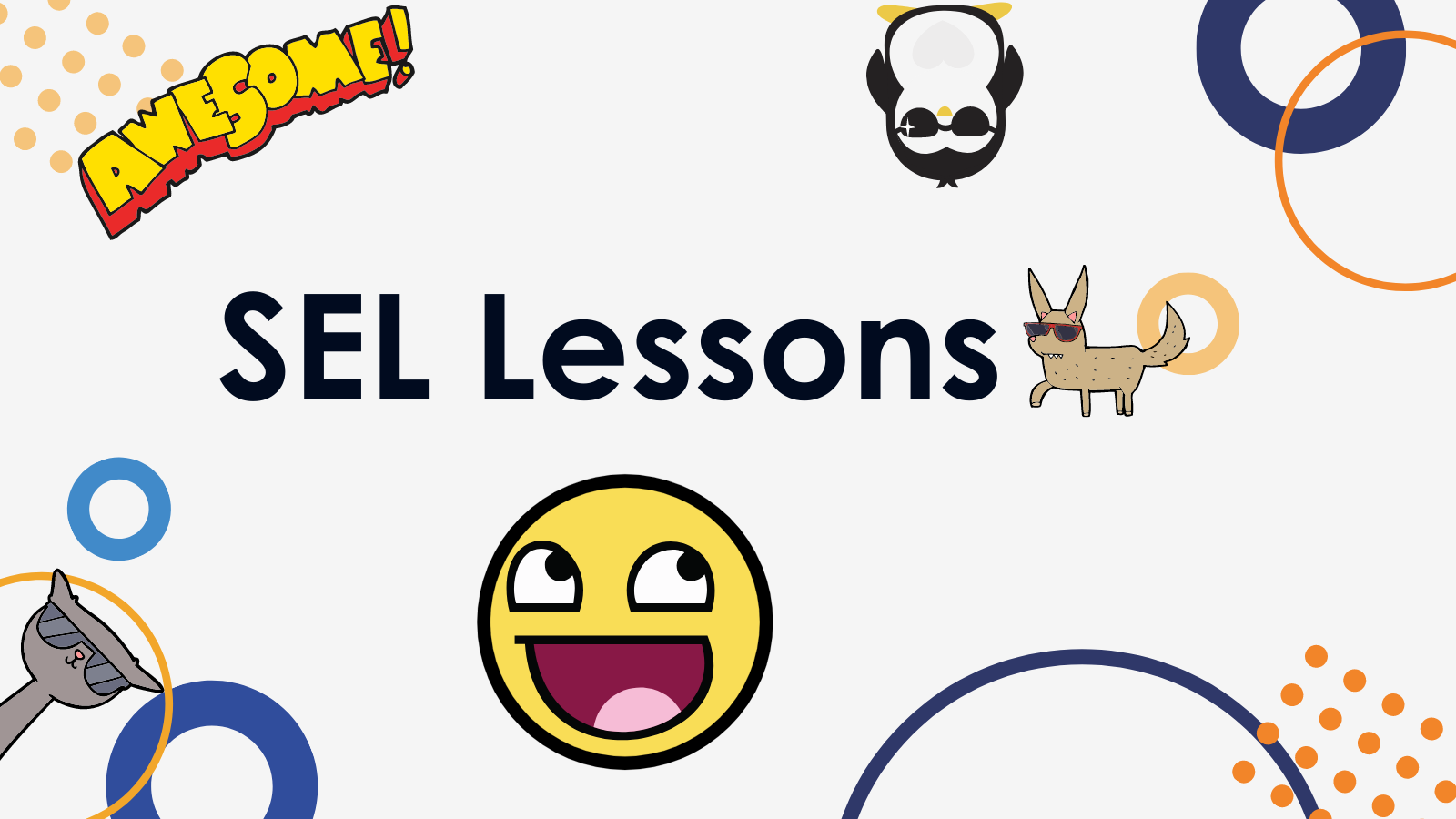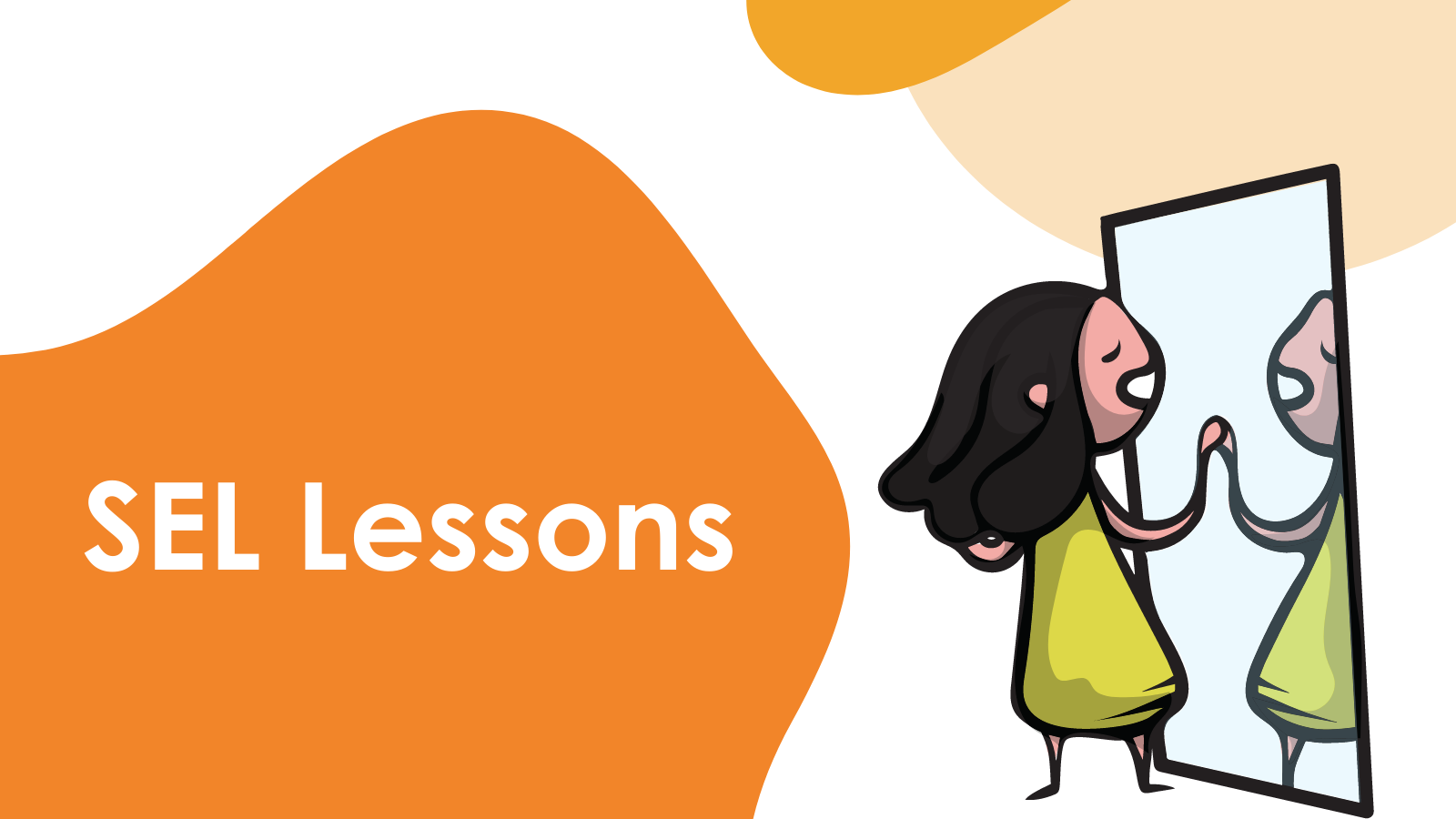Authentic Relationships and Equitable Environments
Tips from our C5 Intervention Program & C5 Summer Institute
Through research, practice, and consultations, Collaborative Learning Solutions has identified a core set of 5 components in our C5 (Core 5) Intervention Program that are of extreme importance when providing programming for students with intensive social, emotional, and behavioral needs. Authentic Relationship Development is our first and most important component of Core 5.

There are many ways to build authentic relationships with students, and one of the ways that have been identified is an equitable learning environment. This type of setting addresses students of all races, ethnicities, abilities, and exceptionalities where students feel they have a safe space to learn new information and engage with others. Equity in education is really about attending to the diverse strengths and challenges of the students being served.
Our tip for educators who support and teach students with significant social-emotional and behavioral needs is to focus and lean in on students’ strengths in order to build authentic relationships with them. A ton of research reports focusing on students’ strengths produce greater levels of happiness and engagement with higher levels of academic achievement. Lopez and Louis have stated that when educators do what students do best, it leads to high levels of engagement and productivity (Journal of College and Character, Volume 10, 2009). When educators tap into their strengths on a daily basis, it helps students to follow a strengths-based approach to their own learning. Anderson also backs up this idea that educators must discover their own talents and apply their strengths to deliver positive and impactful learning for students. Additionally, Anderson identifies that educators need to “establish programmatic activities to help students discover their talents and develop and apply strengths…” (Anderson, 2004 What is Strengths-Based Education?).
An equitable learning environment starts with knowing each student's individual strengths and guiding and supporting them to capitalize on those strengths. An example of this might be a student with leadership strengths. We might ask this student to rally up the other students when it’s time to transition from one activity to another. We might ask that student to help by acknowledging (verbal or other rewards) other students when they are on-task or following the classroom expectations.
Our arch-nemesis to identifying student strengths is deficit-based thinking. This is when too much time is spent focusing on weaknesses. We all have weaknesses, but spending too much time in this area gets us into a negative mindset. Instead, let's use our strengths to lift up and benefit our weaknesses! If we use the example above of a student that has leadership strengths but a weakness in responsible decision making, we will want to capitalize on the strengths. Deficit-based thinking would guide us to spend most of our time and efforts working with this student on responsible decision making. Working on responsible decision-making isn’t necessarily a bad thing, but we can capitalize on the student’s strengths which will in turn support responsible decision-making. Providing this student with leadership opportunities and responsibilities will likely lead to more responsible decision-making. Additionally, the student will likely feel a sense of purpose, power, and impact. People love to feel valued, and when they are given the opportunities to demonstrate their strengths, they are likely to do so in a positively impactful way.
| Strength-Based Approach | Deficit-Based Approach |
|
Focuses on student strengths |
Focuses on student deficits |
| Identifies, acknowledges, and provides opportunities for students (and staff) to build upon personal strengths | Plans rewards and consequences around student struggles |
| Example: Having a student with strong leadership skills lead a class activity or given a classroom responsibility | Example: Creating an incentive sheet and planned consequences (loss of privilege) when a student demonstrates responsibility |
One resource we recommend using is the Via Character Strengths Survey which has both a student survey (ages 10-17 years old) and an adult survey (18 and older). This tool is a great starting place when identifying student strengths and building on relationships. Let’s say we have a person with strength in “judgment”; they can think through and examine things from all sides, weighing all things fairly. Now, let’s say “bravery” shows up towards the end of their list of character strengths. We would really want to hone in on the “judgment” strength. If we are able to break down “judgment” and examine it, we will see that this person examines things carefully, doesn’t jump to conclusions, can change their mind based on the evidence, and can weigh all things fairly. If this is someone’s strength and they are able to remind themselves of each of these skills within “judgment,” they should be more willing to be “brave” when opportunities present themselves. This is easier said than done, and a skill in a particular area doesn’t necessarily mean or translate into a strength. However, a skill in a particular area does mean there is an opportunity to build it into a strength. This might take some examination of the skill, commitment to using the skill, and acknowledgment of competence with the particular skill. Mindfully using one’s strengths in their daily life helps to recognize when and how the strength impacts different aspects of their life in a positive way (viacharacter.org).
How great does it feel, and how much more connected will each of us be when we identify each other's strengths? Amazing and empowering, right?! As you go about your daily practice, please remember to:
- Focus on your strengths
- Focus on student strengths
- Consider using the Via Character Strengths Survey
- Be on the lookout for deficit-based thinking
For more information on this, please contact us to see how we can support your school site and/or district.












